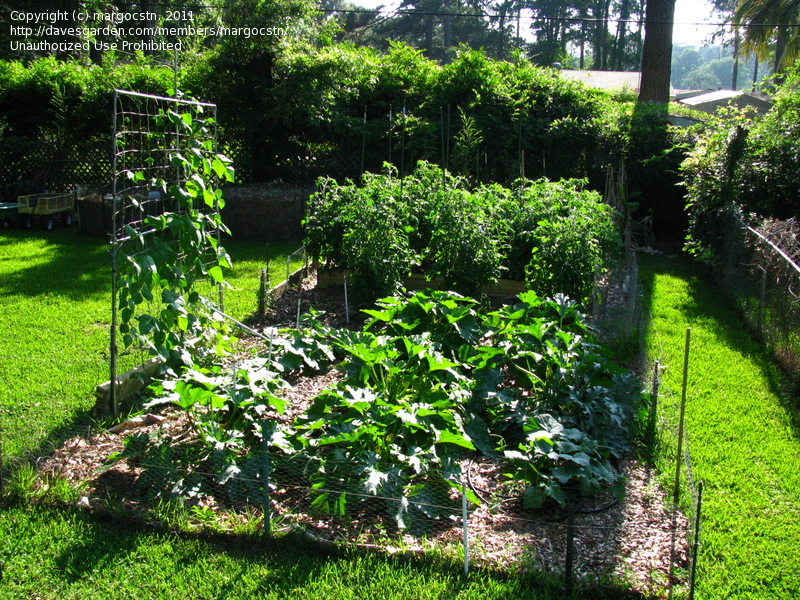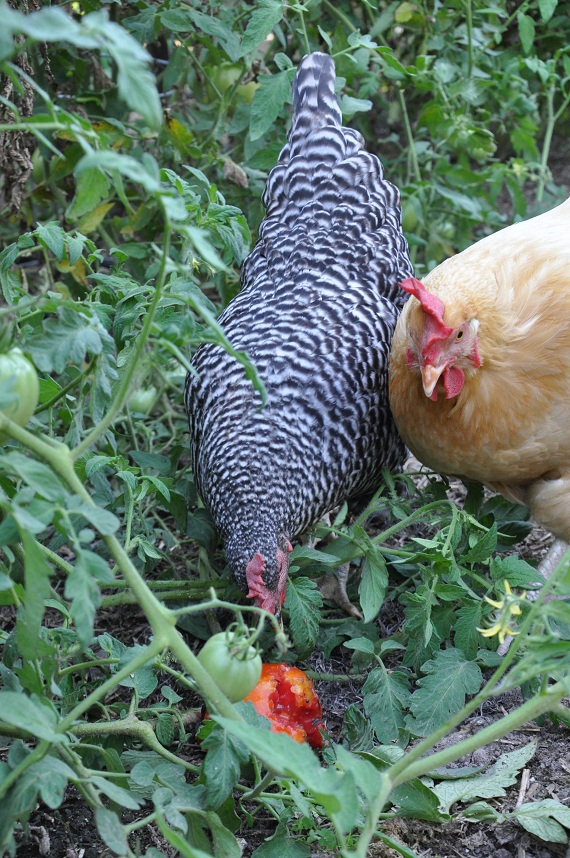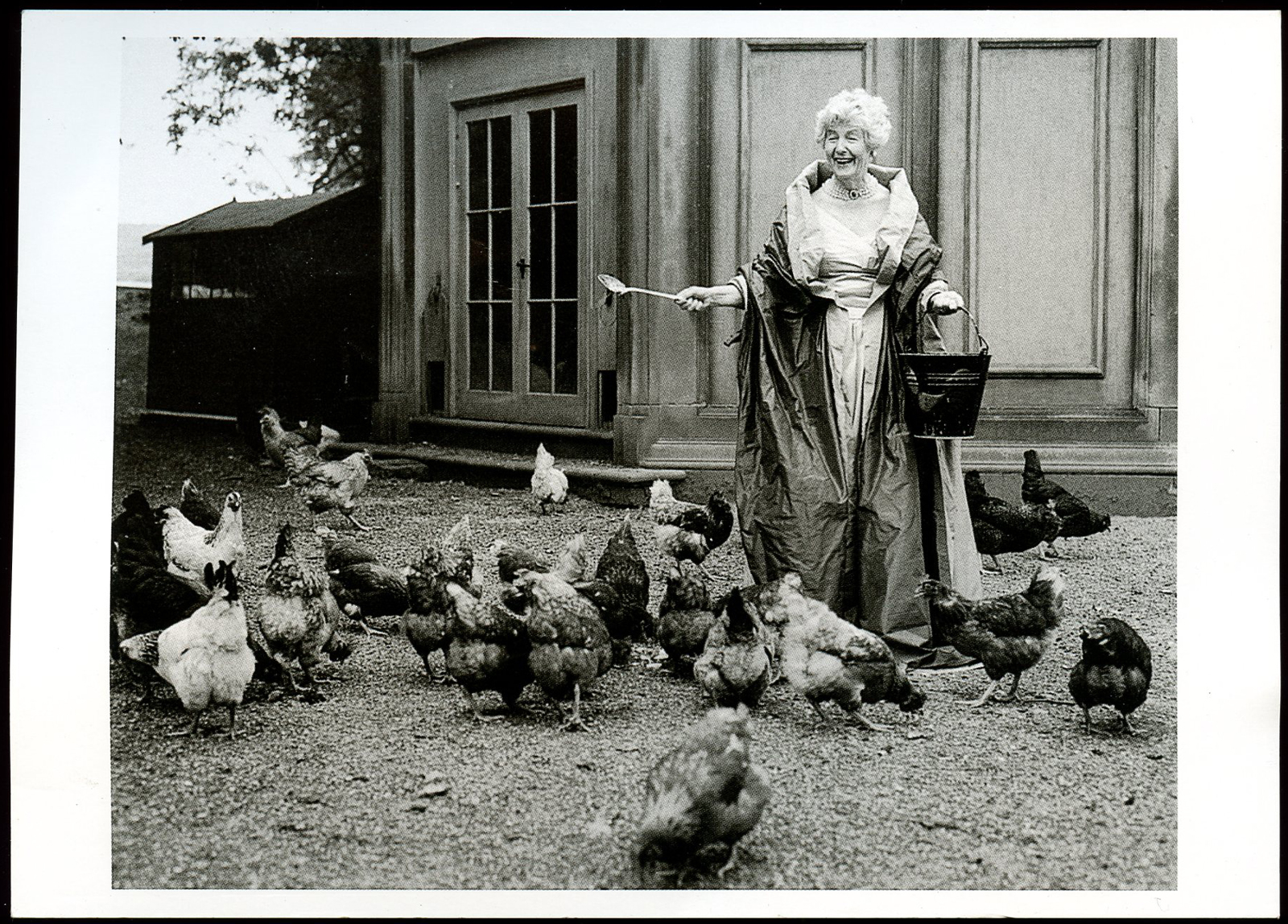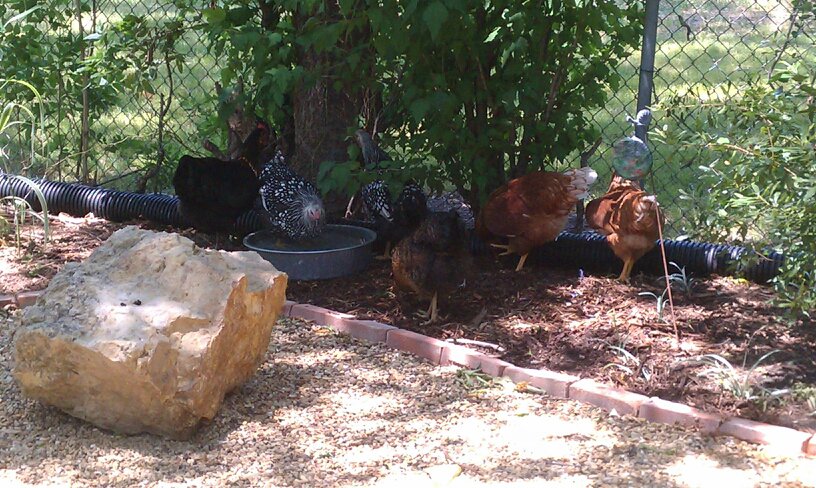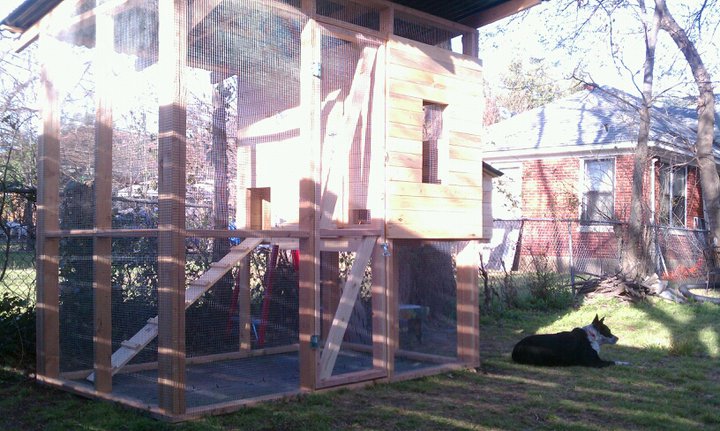There is no need to re-write the book on this. The Garden Coop people have it all figured out. Here is a great tutorial about how to keep your chickens out of cold rain and snow.
[slideshow]
Tips on wrapping your coop with plastic sheeting
- Use plastic sheeting that’s durable enough to hold up in the wind. Thickness is measured in mils. I used a roll of 4-mil polyethylene film, which you should be able to get at any hardware store. For comparison, a heavy-duty garbage bag is around 2-mil thick.
- Roll out your plastic sheet to the length you need and cut it to size. You decide how much your chicken coop or run that you want to enclose based on your local weather, angle of the sun, etc. I’ve found that on our Garden Coop, covering the back, right, and at least part of the front side works well to keep out driving rain and up-splash from the drip line in the back. I bring the plastic up about 2/3 of the way, since the roof overhang does a good job of shielding the top third or so. I might cover more, including the area under the henhouse, if conditions become particularly harsh.
- Cut a couple of one-by-twos to the width of each section of the chicken coop that you want to cover, one to attach the film at the top and one at the bottom. If you want to secure any side edges, cut one-by-twos for those too.
- Roll the edge of your plastic sheet around the upper one-by-two a couple times, then attach with a screw on either end (1 1/4″ should do), driving through the plastic and the one-by-two into the studs on the coop. At the bottom, you can do the same thing, or just sandwich the plastic sheet between the one-by-two and the sole plate.
- You’ll see in the pictures below that my plastic sheet was wide enough to simply fold in half and still cover the height I needed, so instead of rolling at the edge, I just tucked the one-by-two into the fold to mount it at the upper end.
